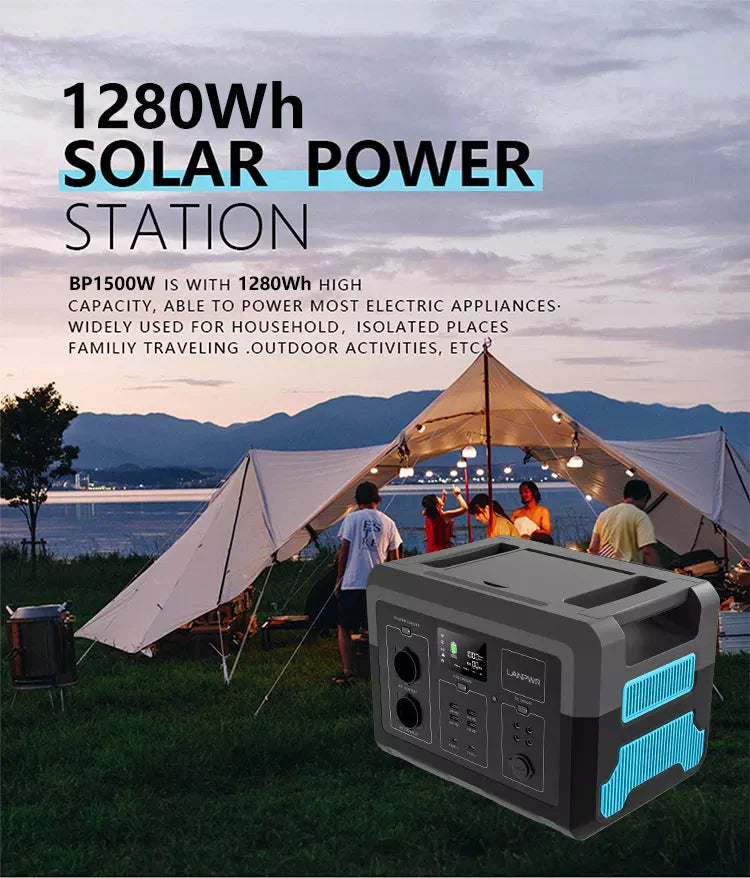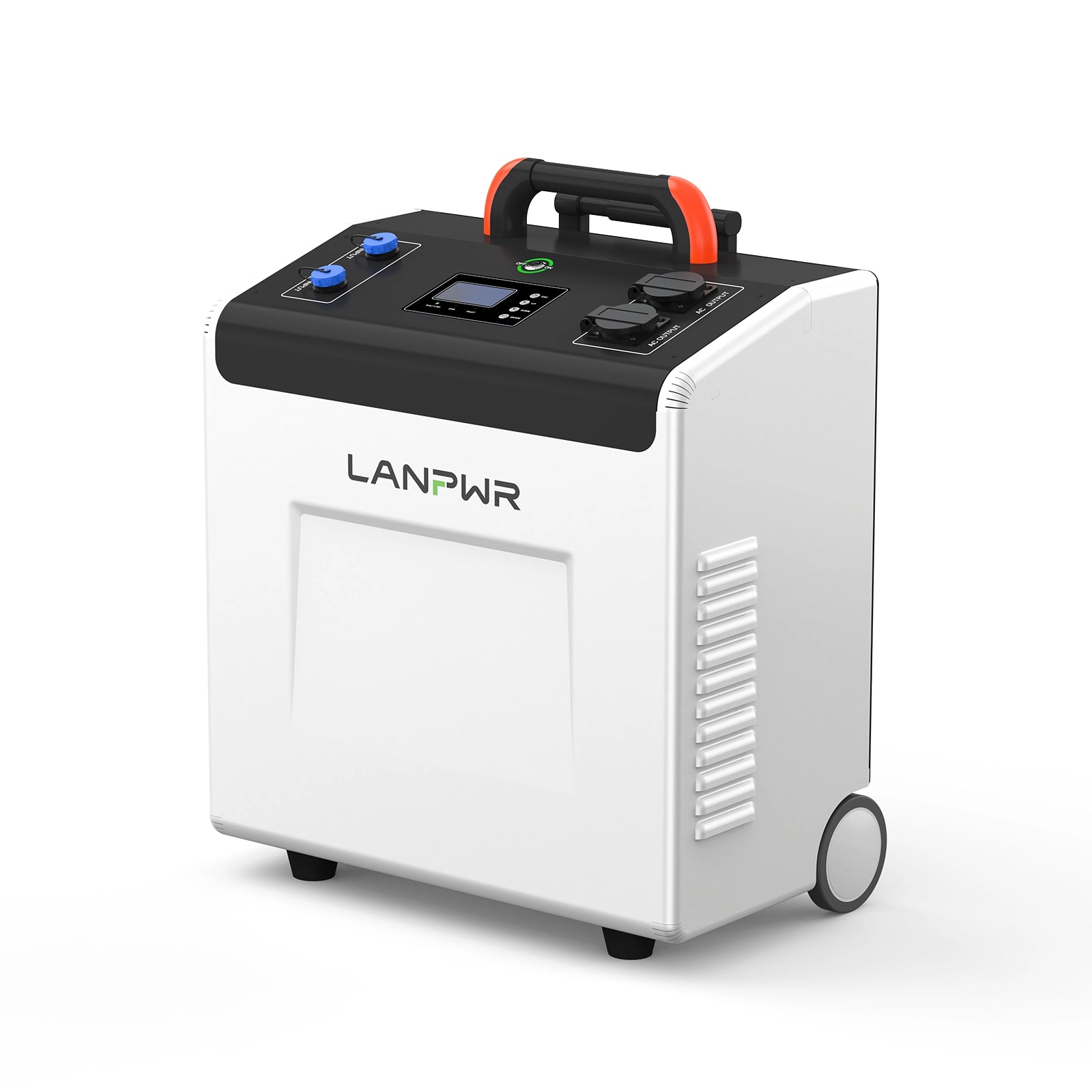Camping is a cherished pastime that provides people with an opportunity to escape the grind and head back to nature. Today’s campers, however, like to take some of the creature comforts of home, including electronics and even small refrigerators. Enter the portable power station. Hitch on to the right one for you, and it can make all the difference in the world to your camping experiences. Here is a buyer’s guide to make an informed decision.
1. Portable Power Stations Explained
Portable power stations are much smaller devices that are essentially rechargeable battery-powered generators. They come with a variety of different outlet types integrated into them, such as AC outlets, DC car-style ports, and USB plugs, to make sure that multiple devices can be operated simultaneously. They are completely silent, environmentally friendly, and much more user-friendly than conventional gas generators.
2. Estimate Your Power Needs
The initial thing when about to choose the correct portable power station is to know the electricity requirements that you have. List all the appliances that you are thinking of carrying with you for camping so that you can list out their electricity requirements. There are some electronics that one can generally expect to carry for camping. These are:
Smartphones and Tablets: Typically consume 5-20 watts.
Laptops: Typically consume 30-60 watts.
Cameras: Approximately 5-20.
Compact Refrigerators: 40-100 watts.
LED Lights: Around 5-20 watts each on average.
CPAP Machines: Might need 30-60 watts.
Total all the wattages of all the appliances to find out the minimum power output that you will need to supply with the help of your portable power station.
3. Capacity and Output
Battery Capacity: One of the things you should not forget to consider is the battery capacity of a portable power station. It is rated in watt-hours (Wh) and gives an indication of how much energy the battery in a power station of this type can store. A 500Wh power station can provide 500 watts continuously for an hour or 250 watts for a couple of hours. Choose a portable power station that has a capacity equal to or more than your cumulative power requirements for the duration of the journey.
Power Output: Be sure to look at the watt output of the power station. This will allow you to see what capacity it has for producing power at any given moment. If you will be running multiple devices at one time, then you will want to check that the power station can cope with the total amount of wattage.
4. Types of Outlets
Some devices are designed with different outlet requirements. Ensure the power station can meet those varying requirements when it comes to the types and number of outlets that it provides:
AC Outlets: Ideal for appliances and other larger electronics, like laptops and CPAP machines.
DC Outlets: To charge the accessories such as portable cooler boxes and car chargers.
USB Ports: For charging of small electronics like smartphones, tablets, cameras, etc.
5. Charging Options
There are a few recharge methods for a portable power station, of which the most convenient will depend on your camping situation:
Solar Panels: Perfect for long stays. Find an energy station that you can recharge using solar panels, and even consider getting a solar panel kit to help you recharge sustainably, especially when you are off the grid.
Car Charger: Great for those long road trips or if you’re going to have access to your car while you're on your camping vacation.
AC Wall Charger: Useful if you have an opportunity to charge it before you leave home or have an outlet available to charge on the go.
6. Weight and Portability
As you will be hiking the power station in with you, weight and portability will be the first things to be considered. Smaller portable and lighter power stations, usually up to 300Wh, will provide less power, while larger power options will be heavier and bulkier. Try to find a good compromise of how much power you want and how much you are willing to carry.
7. Toughness and Weather Resistance
Camping can be roughing it, so select a power station that is durable enough to stand up to outdoor use. Here are some of the things that should be included in yours:
Rugged Design: A tough housing that is shockproof and robust to instill protection of its fragile internal parts.
Weather Resistant: There are power plants in the market that are weather-resistant or dust and water-resistant solutions, and you do not have to fret about sudden weather changes.
8. Brand Reputation and Customer Support
Opt for a branded product that has positive customer reviews and a good reputation, with good customer service too. Branded products are renowned for better build quality, more dependable output, and longer warranties. Some of the well-known brands are Lanpwr, Goal Zero, Jackery, EcoFlow, and Anker, as these companies are known for their quality and customer service.
9. More Features
Nowadays, other advanced portable power stations include a bunch of other facilities that might be very fine travel companions for your camping adventures:
LCD Display: Shows the actual battery status, level of input, and output in real-time.
Inbuilt LED Light: Useful during nighttime or when there is a power failure.
Wireless Charging Pad: Charges compatible devices without cords conveniently.
App Control: Some of the power generators come with Bluetooth or Wi-Fi connectivity, so you can keep tabs even on the mobile and control the machine through a smartphone app.
10. Budget Considerations
Portable power stations come in a wide range of prices, with some of the lower-end models going for around $100 and some high-capacity models going upwards of $1,000. You need to decide what your budget is and then choose a power station that will suffice for you without breaking the bank. Understand that some of the higher-end models may be the better overall value, with better performance and durability.
Summary,
Opting for a suitable portable power station as per your camping requirements is all about the trade-off between your use cases and the variables of portability, ruggedness, and price. With the essential tips regarding capacity, output, recharging alternatives, and additional features of the available power stations, one can make the right choice of a portable power station and make the camping experience a comfortable and enjoyable one. It does not matter if you are on a weekend break or on a month-long expedition, a portable power station can make your gadgets last through the journey so that it is easy to stay in touch and charged when you are camping and having fun in the wild.














Leave a comment
This site is protected by hCaptcha and the hCaptcha Privacy Policy and Terms of Service apply.